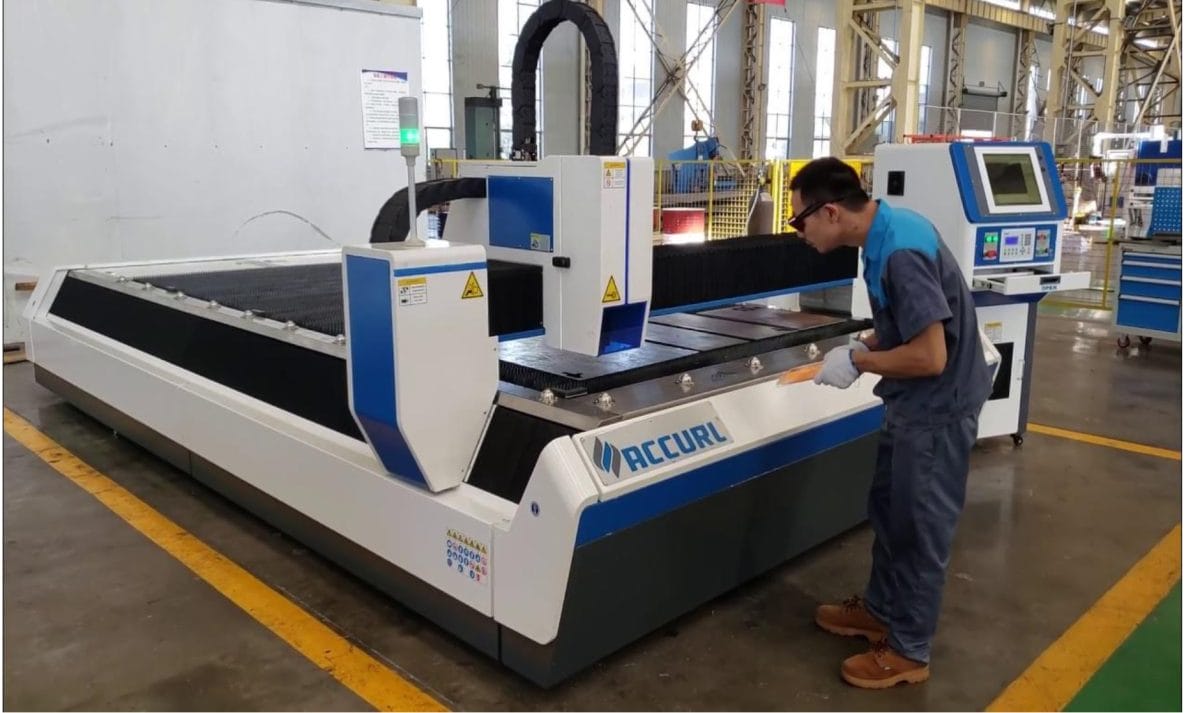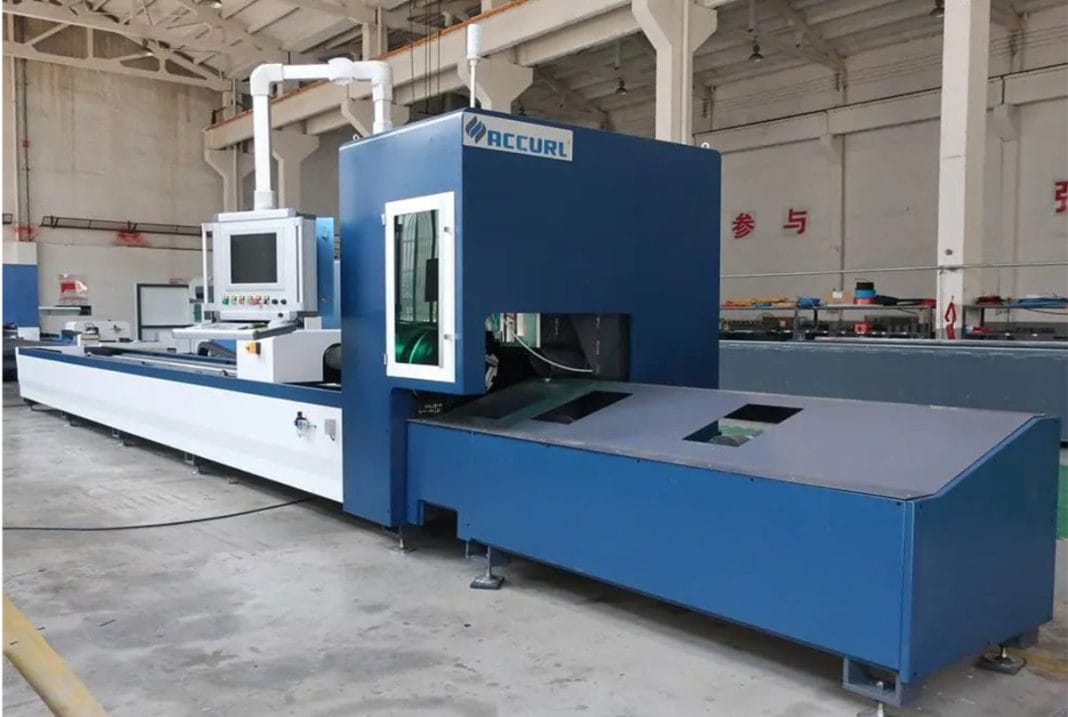Laser cutting, a sophisticated technology, has revolutionized the manufacturing of medical devices. This technique uses a high-powered laser to cut and shape materials with exceptional precision. In the realm of medical device manufacturing, laser cutting stands out for its ability to create intricate components necessary for advanced medical equipment. This article delves into why and how laser cutting is pivotal in this field, exploring its mechanics, types, materials, and implications for the future of medical technology.
Why is Laser Cutting Important in Medical Device Manufacturing?
Laser cutting holds paramount importance in medical device manufacturing due to its precision, versatility, and efficiency. These devices often require extremely fine details and high accuracy, which laser cutting reliably provides. It enables the production of complex shapes and fine cuts without contact, reducing the risk of material contamination – a critical aspect in medical applications. Moreover, laser cutting’s ability to work with a variety of materials makes it indispensable in creating a broad range of medical devices.
How Does Laser Cutting Work in Medical Device Fabrication?
Laser cutting in medical device fabrication involves several key stages:
Design and Planning: Initial CAD designs are created, outlining the device’s specifications.
Material Selection: Choosing the appropriate material based on the device’s requirements.
Laser Configuration: Setting up the laser parameters, including power, speed, and focus.
Cutting Process: The laser beam cuts the material, following the design’s contours.
Quality Check and Finishing: Inspecting the cut parts and making necessary refinements.
Types of Lasers Used in Medical Device Manufacturing
CO2 Lasers
CO2 lasers are renowned for their efficiency in cutting non-metallic materials and thin metals. They are typically used for products requiring intricate detailing.
Fiber Lasers
Fiber laser cutters offer high precision in cutting reflective metals and are favored for their speed and energy efficiency.
Nd:YAG Lasers
Nd:YAG lasers are versatile, capable of both cutting and welding various materials, making them suitable for a wide range of medical devices.
Key Components of a Medical Laser Cutting System
A medical laser cutting system comprises essential components, such as:
Laser Source: The core of the system, generating the laser beam.
Cutting Head: Directs and focuses the laser beam onto the material.
Control System: Manages the laser’s movements and settings according to the design.
Cooling System: Prevents overheating of the laser source and other components.
Maximum Material Thickness for Laser Cutting in Medical Applications
In medical applications, the material thickness typically ranges from very thin foils up to around 0.5 inches (12.7 mm), depending on the material and the laser type used.
Materials Commonly Used in Medical Laser Cutting
Stainless Steel
Stainless steel is preferred for its strength, corrosion resistance, and biocompatibility, making it ideal for surgical instruments and implants.
Titanium
Titanium’s lightweight, strength, and compatibility with body tissues make it a top choice for orthopedic and dental implants.
Nitinol
Known for its superelasticity and shape memory, Nitinol is used in stents, orthodontic appliances, and surgical instruments.
Polymers and Plastics
These materials are often used for disposable devices and components that require flexibility.
Ceramics
Ceramics are used in applications requiring wear resistance and biocompatibility, like certain dental and orthopedic implants.
Advantages of Laser Cutting in Medical Device Manufacturing

Laser cutting offers several advantages in medical device manufacturing:
Precision and Accuracy: Essential for creating intricate medical components.
Sterility: The contactless nature of laser cutting minimizes contamination risks.
Versatility: Suitable for various materials and complex designs.
Speed and Efficiency: Reduces production time and costs.
Applications of Laser Cutting in the Medical Industry
Laser cutting is used in various applications, including:
Surgical Instruments: Creating precise and intricate tools.
Implants: Fabricating components for hip replacements, dental implants, etc.
Diagnostic Equipment: Producing parts for devices like MRI machines and X-ray systems.
Considerations and Challenges in Medical Laser Cutting
When implementing laser cutting in medical manufacturing, several factors must be considered:
Material Selection: Ensuring compatibility with the intended medical application.
Precision Requirements: Achieving the necessary accuracy for medical devices.
Regulatory Compliance: Adhering to medical industry standards and certifications.
Ensuring Sterility and Cleanliness in Laser Cutting
Maintaining a sterile environment is crucial to prevent contamination of medical components.
Meeting Regulatory and Compliance Standards
Manufacturers must navigate complex regulatory landscapes, ensuring that products meet all necessary medical standards.
Step-by-Step Guide to Laser Cutting in Medical Device Manufacturing
The laser cutting process in medical device manufacturing typically follows these steps:
Design Finalization: Creating a detailed design of the component.
Material Preparation: Selecting and preparing the appropriate material.
Laser Cutting Execution: Operating the laser cutter according to the design.
Post-Processing: Cleaning, inspecting, and finishing the cut component.
Preparatory Steps for Medical Laser Cutting
Preparation involves ensuring material quality, setting precise laser parameters, and planning the cutting path for optimal results.
Cost Analysis of Laser Cutting in Medical Device Production
Laser cutting can be cost-effective, but several factors influence the overall cost, including material type, complexity of the design, and production volume.
Cost Comparison with Traditional Medical Manufacturing Methods
Laser cutting often provides cost savings over traditional methods due to its efficiency and reduced material waste.
Selecting the Right Laser Cutting Equipment for Medical Devices
Choosing the right laser cutter involves considering factors like material compatibility, cutting speed, precision requirements, and overall system reliability.
Alternatives to Laser Cutting in Medical Device Manufacturing
Other manufacturing methods include mechanical cutting, water jet cutting, and electro-discharge machining, each with their own set of advantages and limitations.
Future Trends and Innovations in Laser Cutting for Medical Devices
Emerging trends in laser cutting technology include advancements in laser power and precision, integration of AI for improved efficiency, and the development of new materials suited for laser processing.
Conclusion
Laser cutting plays a critical role in medical device manufacturing, offering unmatched precision, flexibility, and efficiency. As technology advances, its applications in the medical field are set to expand further, continuing to transform the landscape of medical device production.
